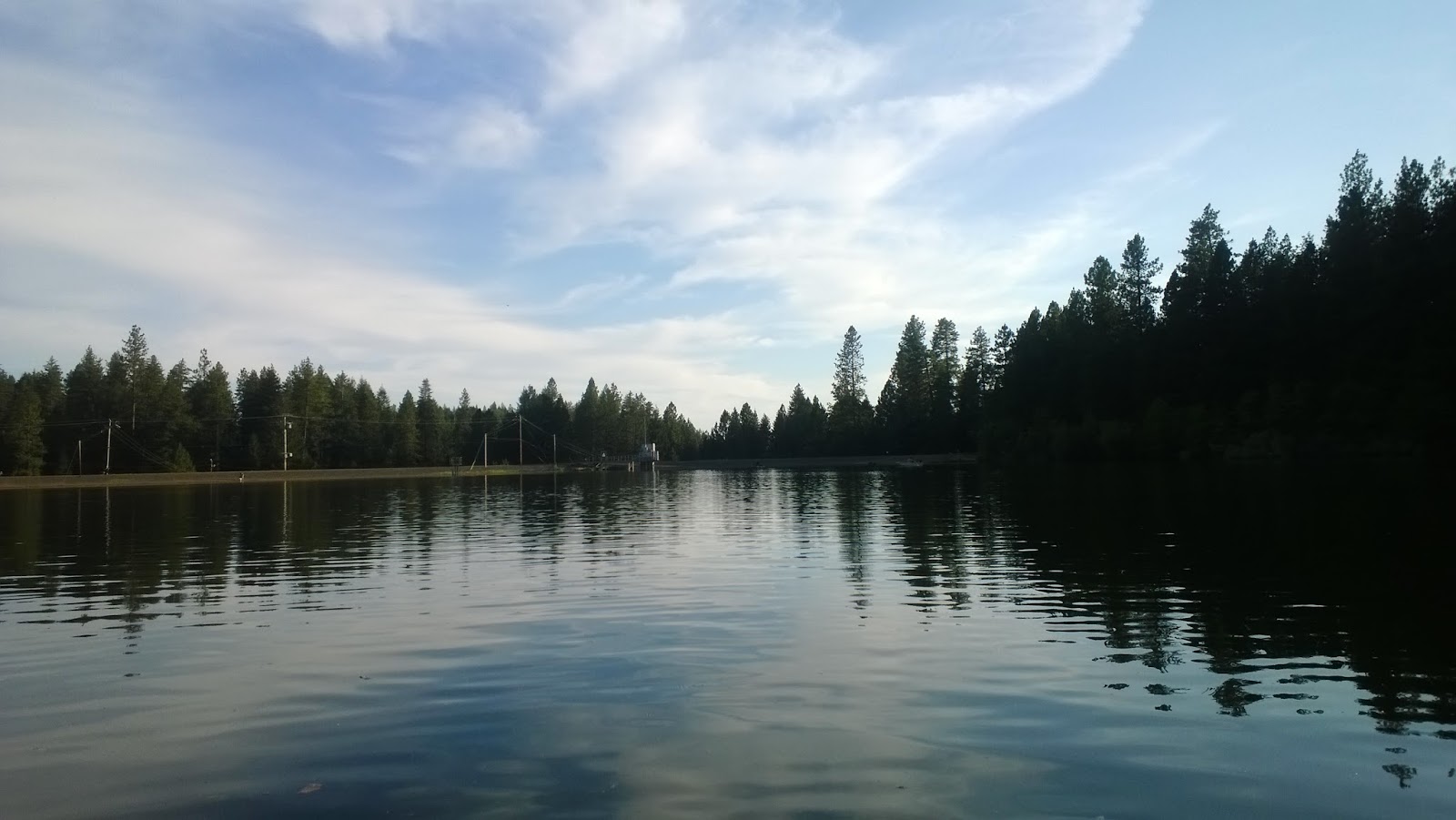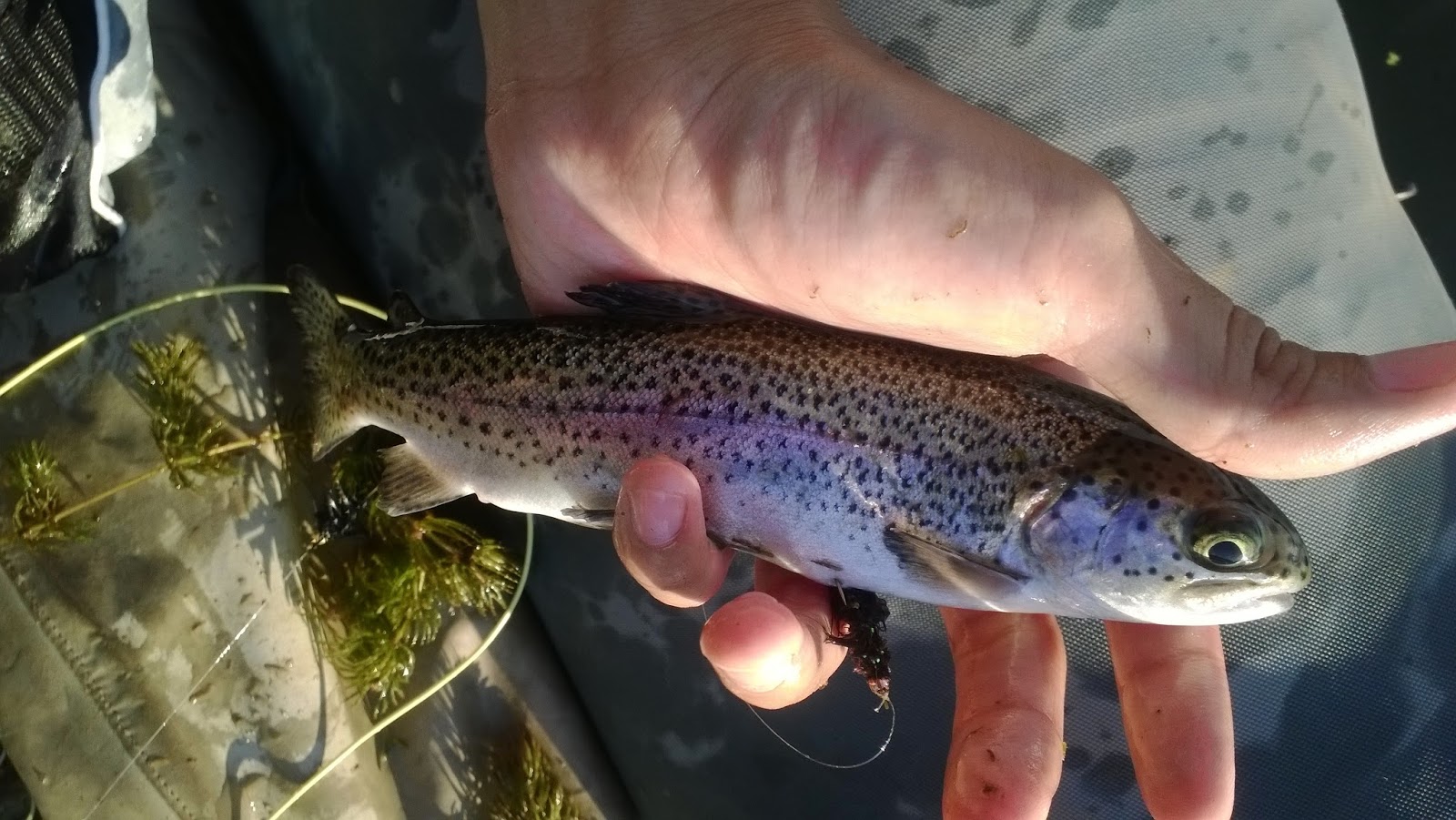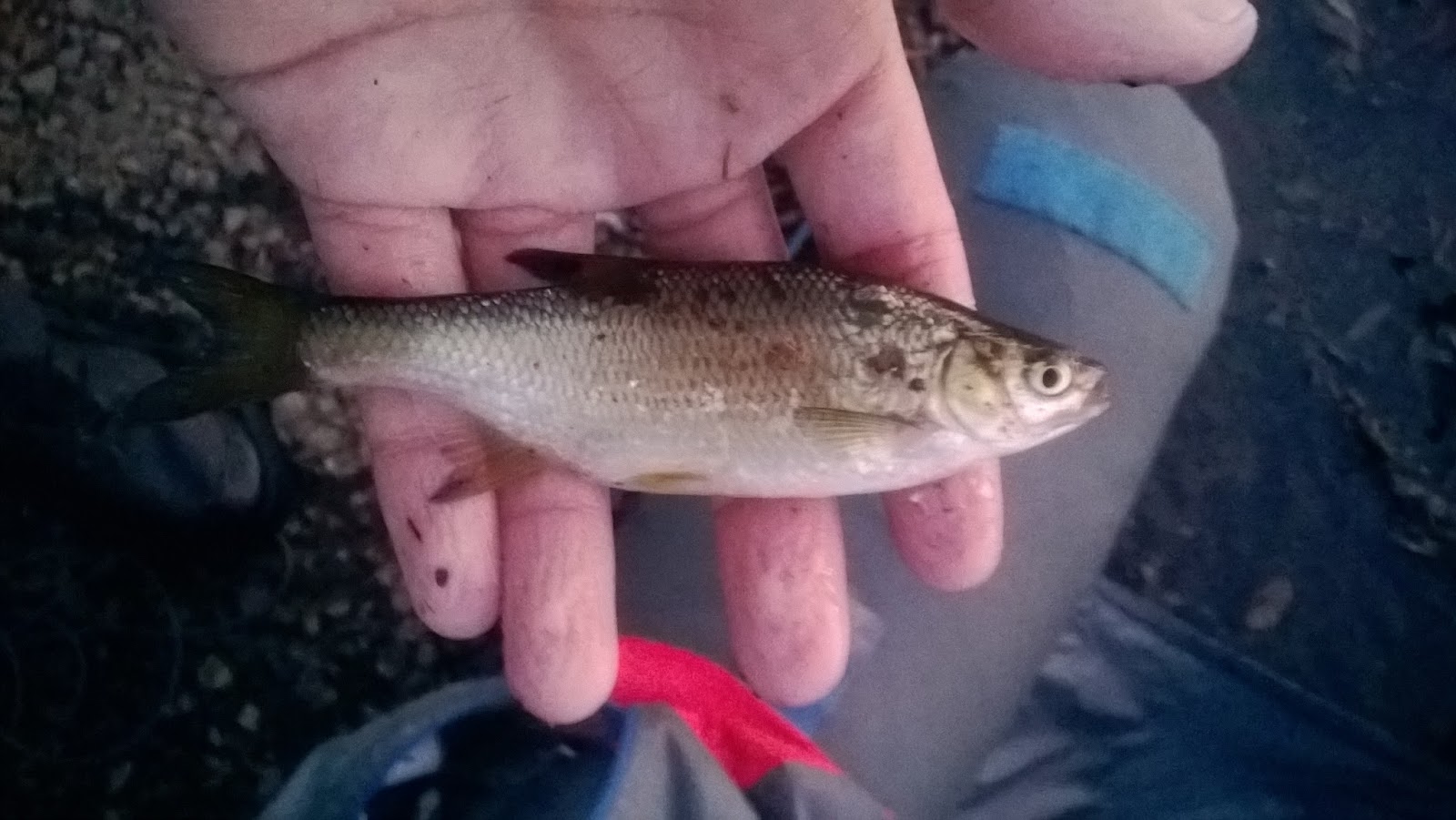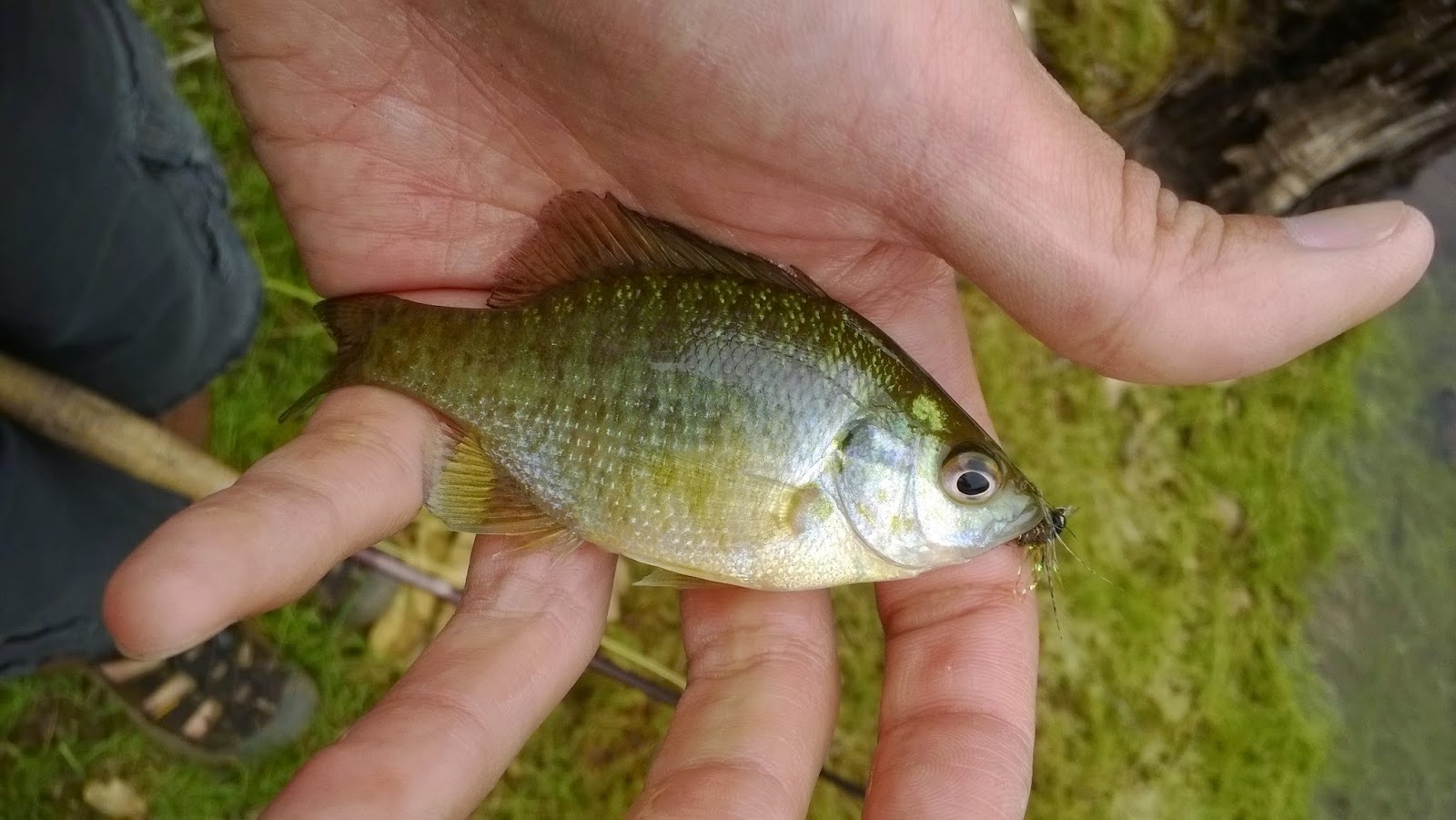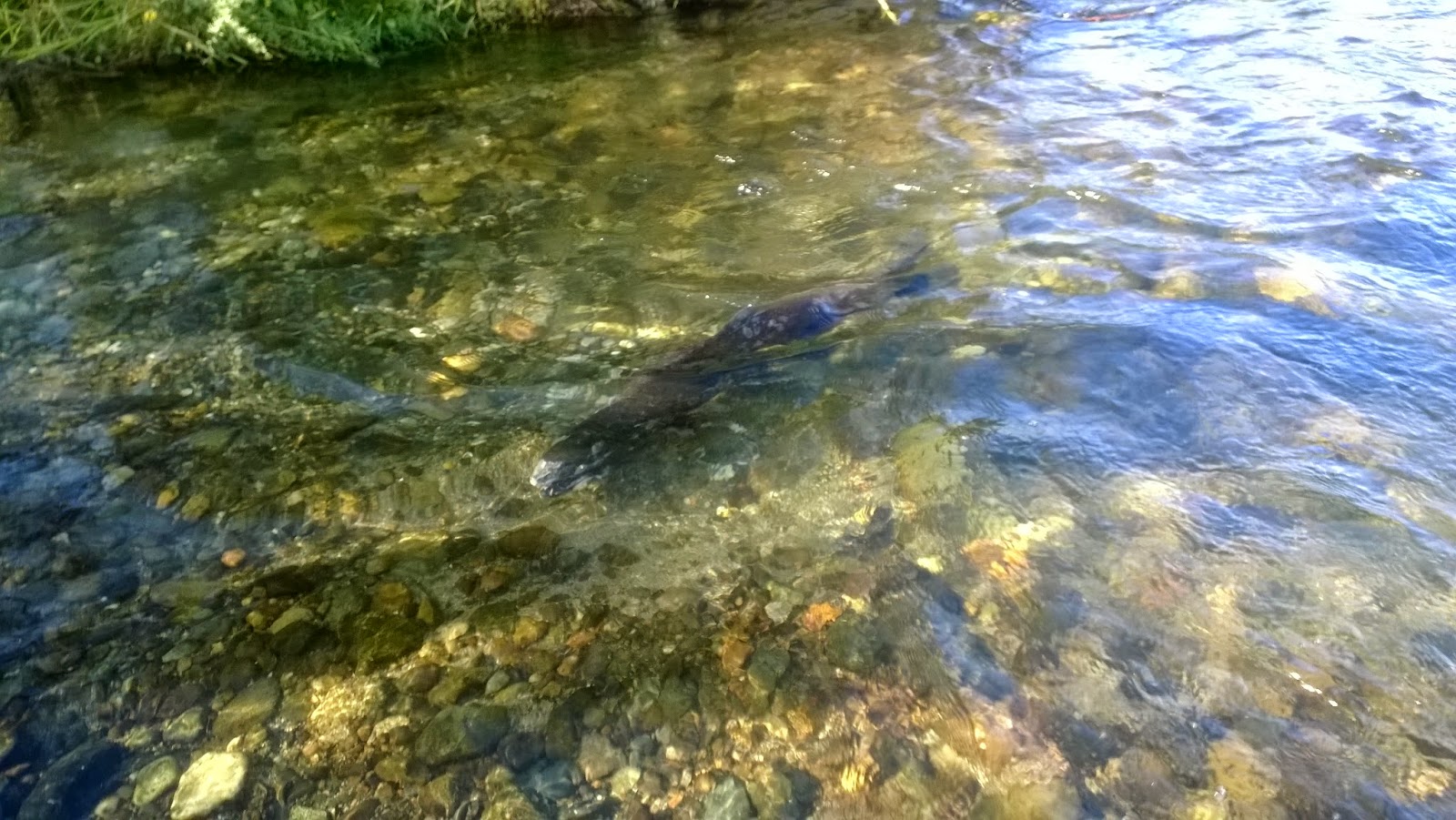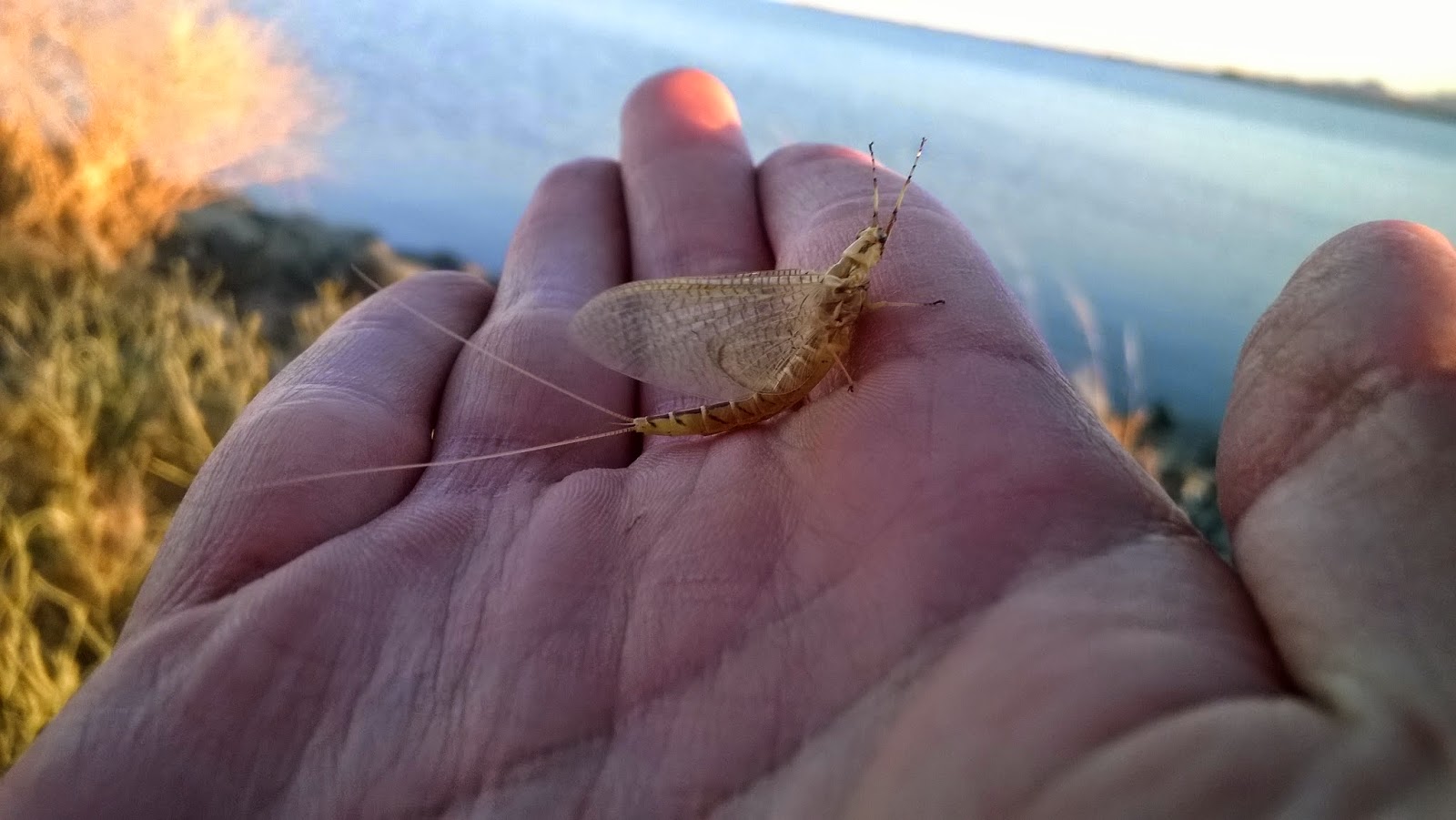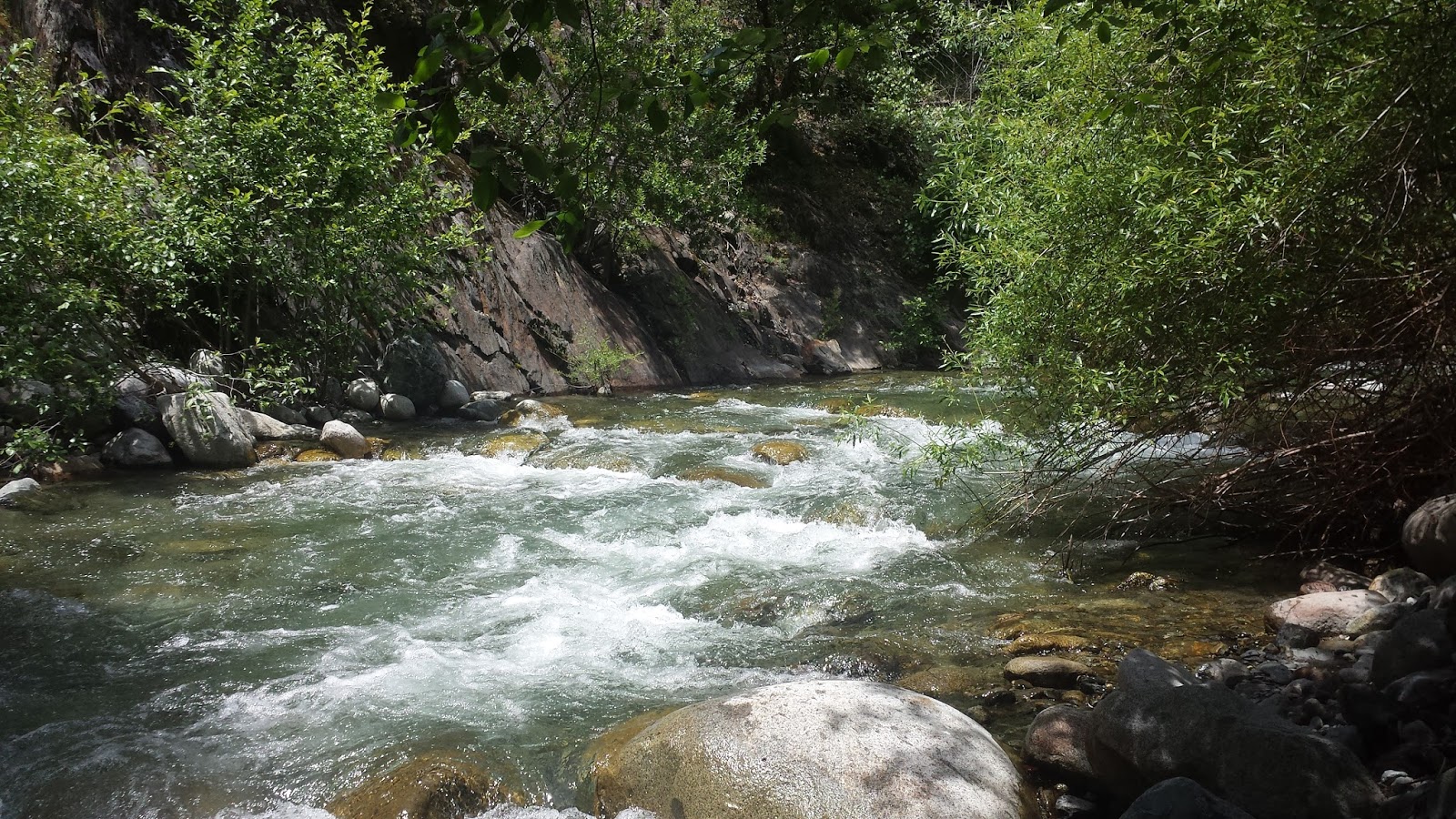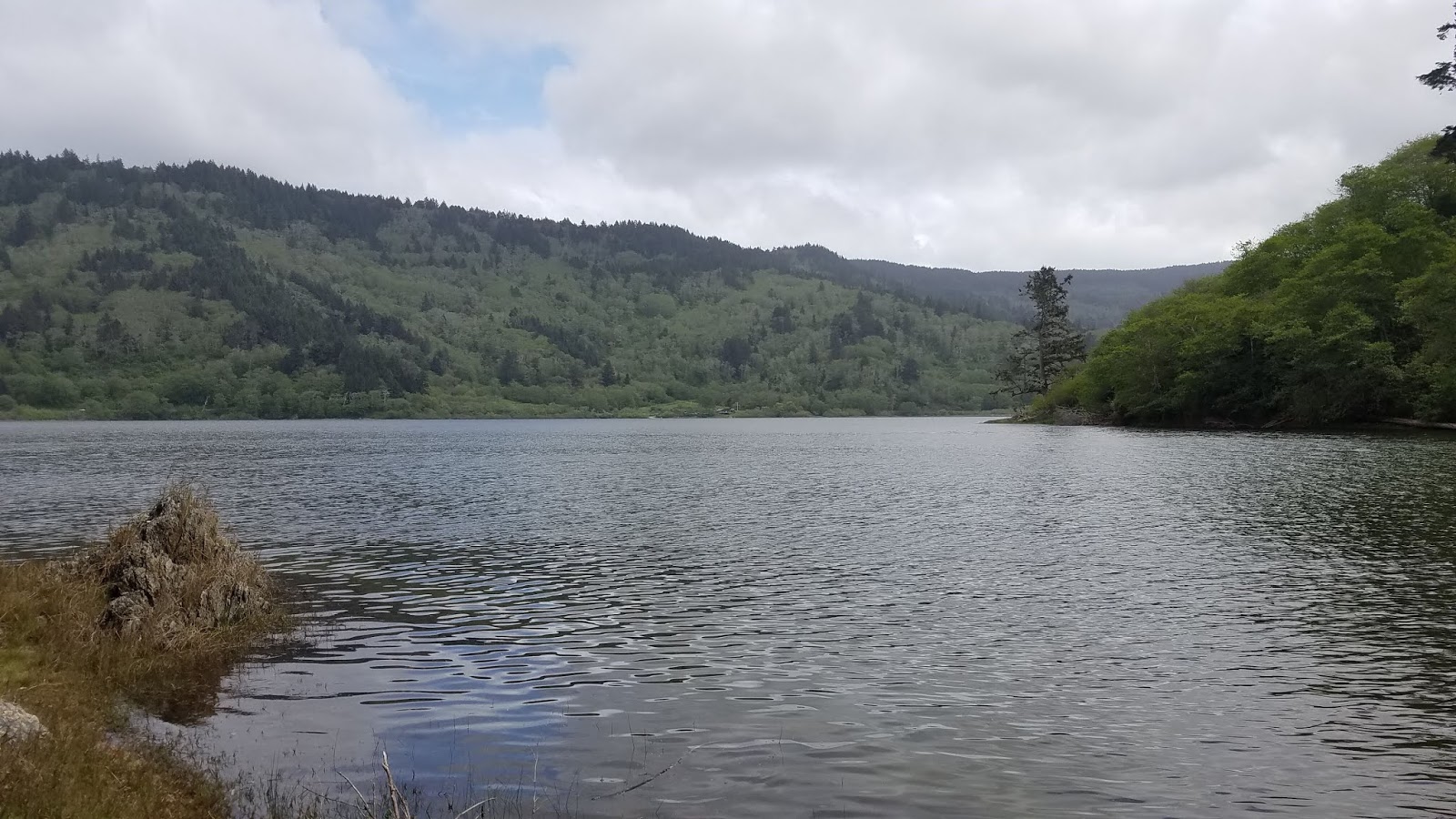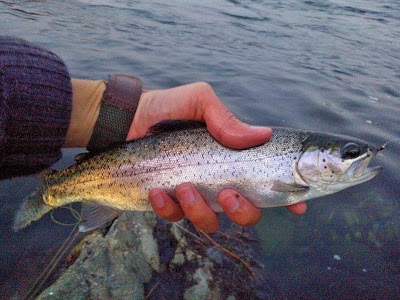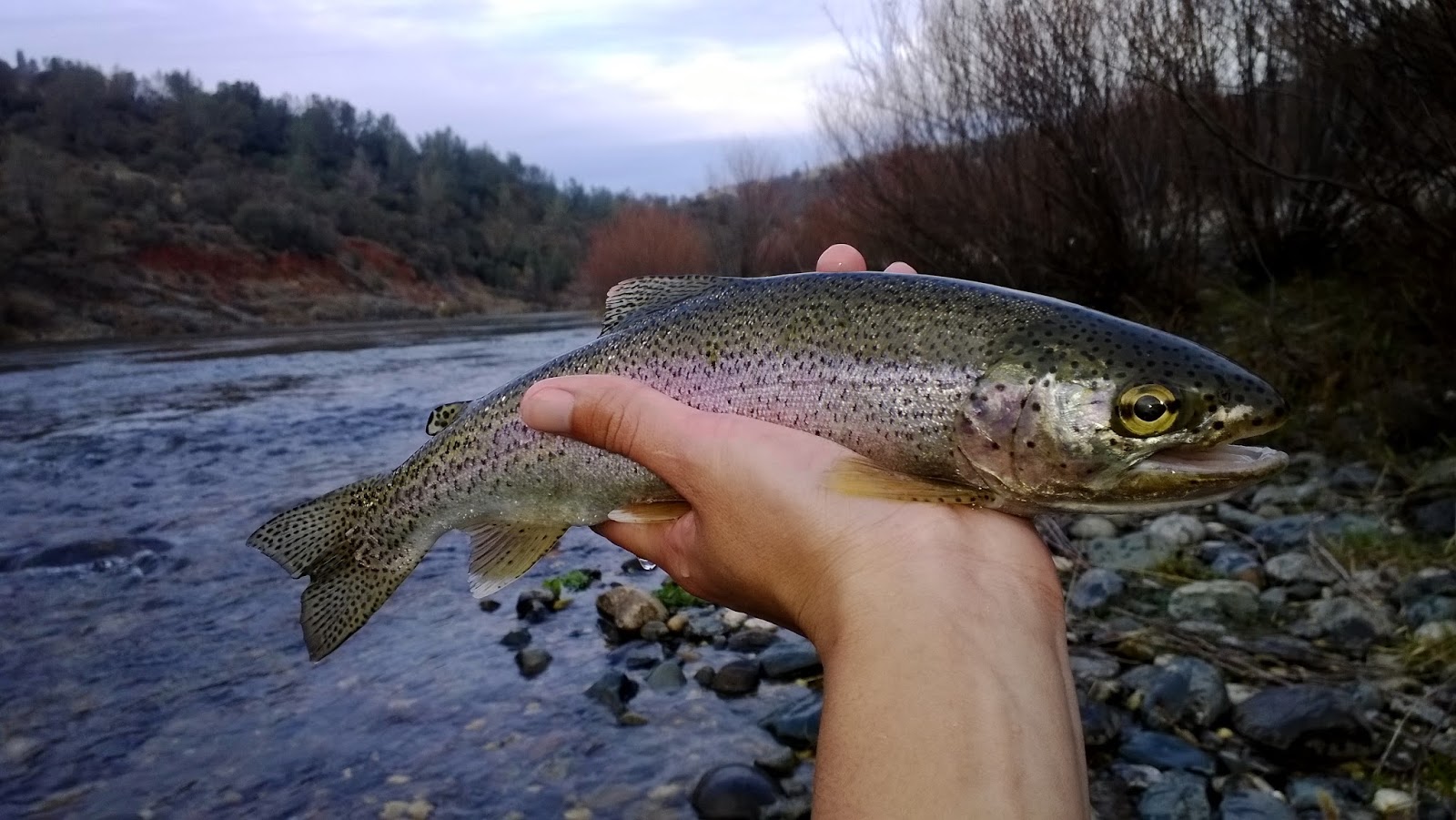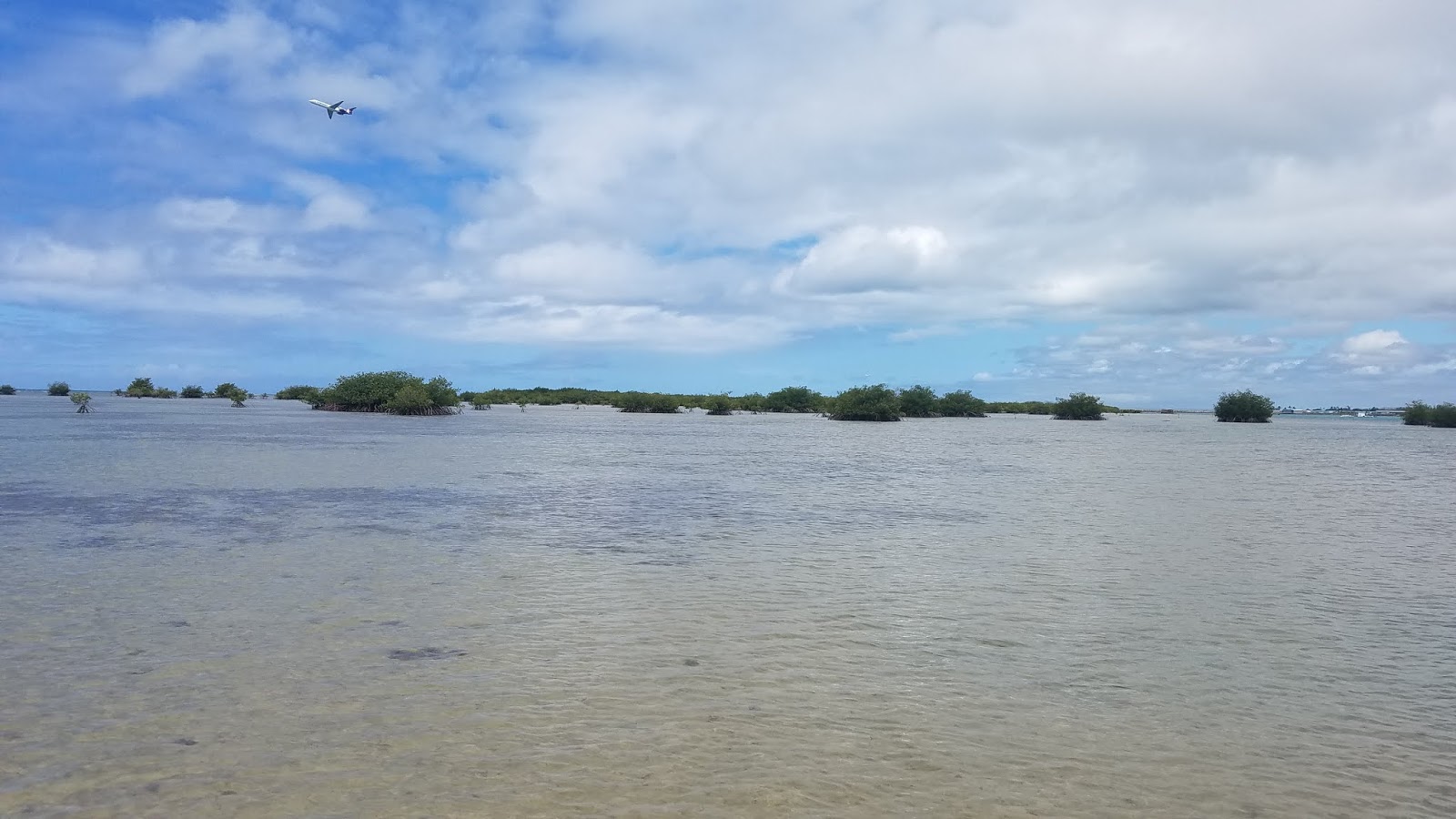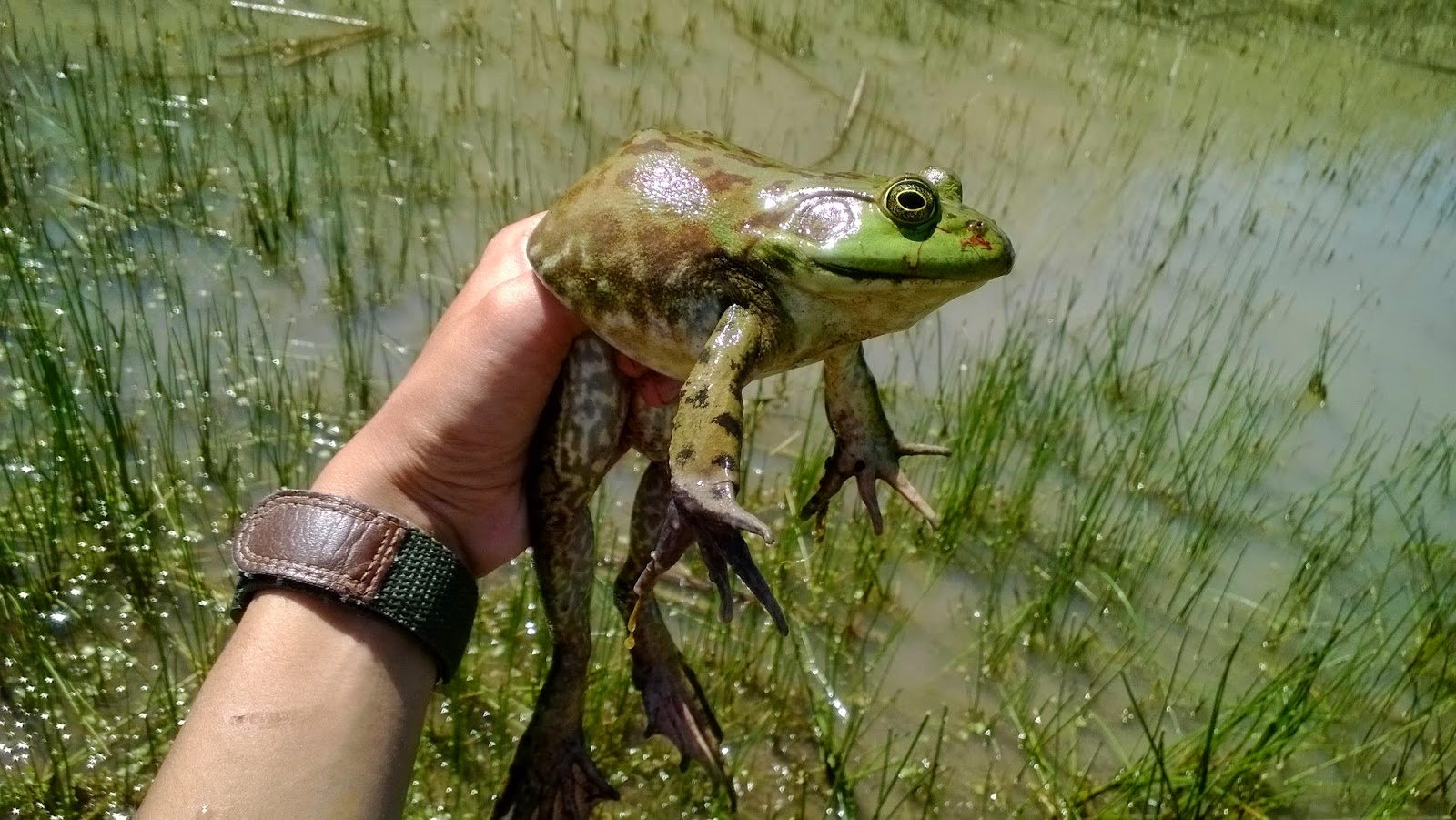 |
| Hello My Baby! Hello My Honey! |
The American bullfrog is the single most invasive amphibian in the world. Adaptable and voracious, the American Bullfrog can survive in nearly any type of climate and will eat anything it can get a hold of. The American bullfrog is native to the Eastern United States, however they have been introduced and invaded different parts of the entire world. In its native range the American bullfrog lives in an ecosystem where predators such as herons, turtles, fish, snakes, raccoons, and humans keep the population in check, however in areas where they have invaded, they become the top predators.
The American bullfrog is the largest frog in North America with adults reaching an average length of about 18” from snout to legs. Bullfrogs can have different variations of coloration patterns depending on the individual but they are usually green with a yellow belly. Adult males can be distinguished from females by their larger ear size.
The American bullfrog call is the famous “jug-o-rum” sound that can be heard hundreds of yards away, “Grrrum, Grrrrrrrrum, Grummm.” Bullfrogs can also make other interesting sounds. They can puff up and scream when they are far away from water to scare away predators and if spooked near the bank, they will make a quick and sharp “Meh!” sound before hopping into the water. Although invasive and destructive, the American bullfrog is famous for being the most well-known frog throughout the world.
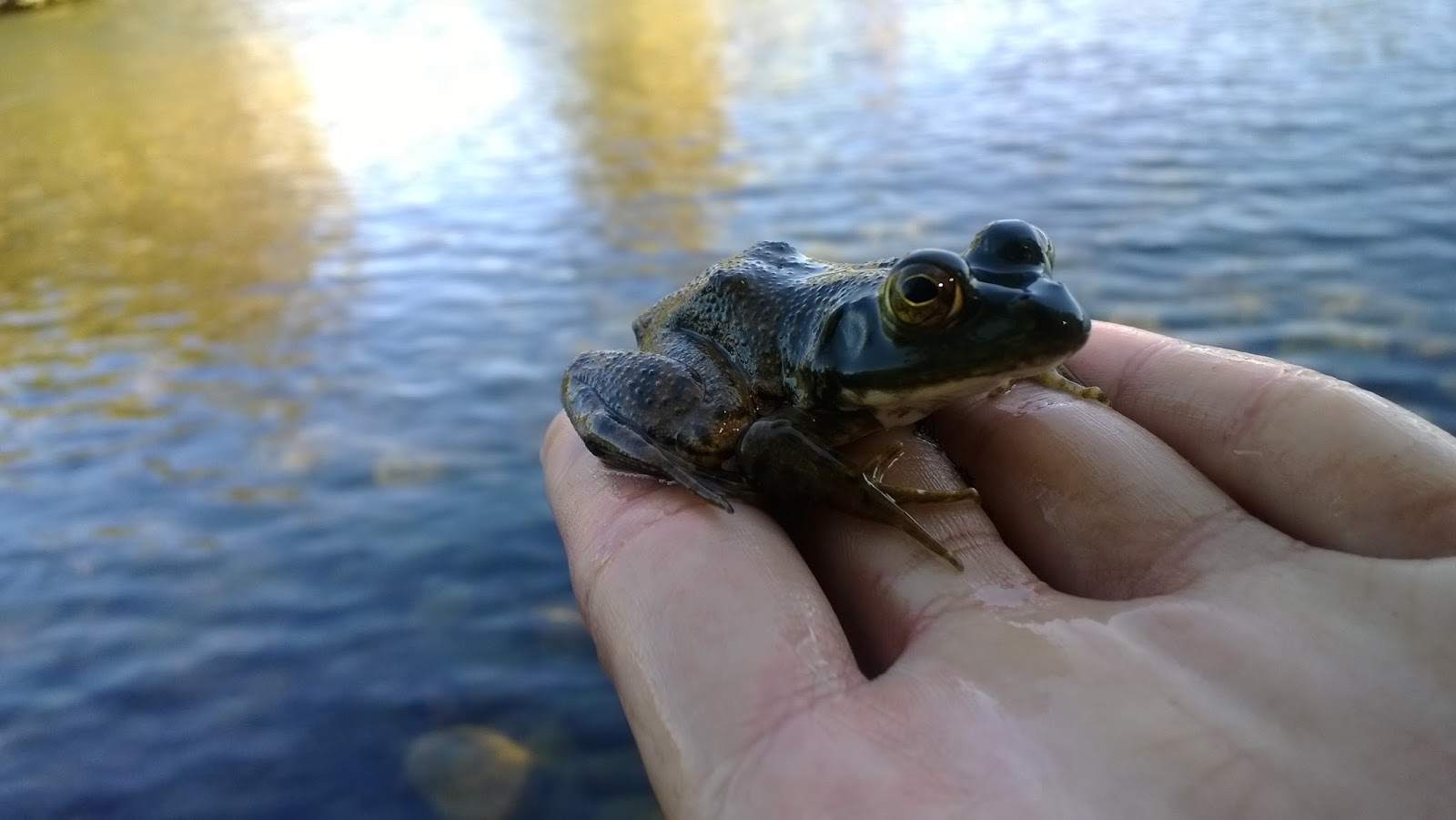 |
| The Face of Insanity |
When I am fly fishing I like to think of myself as an adult gentleman on the river catching and releasing beautiful fish. When I am bullfrog hunting I revert back to my childhood as a kid running around outdoors catching my favorite animals, frogs.
If you’ve never been bullfrogging then you’re missing out. There is something special about being out in the middle of the night wading around in the darkness with just a flash light looking for big reflecting eyes. When you find a pair of reflecting eyes you need keep the light on them or risk having them dive into the water. A bright LED light stuns the frog but you still need to be sneaky and slowly creep up on it. Once in position you get your hand closer and closer to your target until you reach in for the grab. Success!
Frog hunters often use a gig, basically a big pitchfork, as a method to catch bullfrogs. I personally don’t like to use gigs because if the frog is gigged but gets away it will be left to die from it’s injuries. My preferred method of take is with my bare hands! Using your hands is better because if you missed the grab then at least the animal can live another day. Also it makes you feel like a bad ass.
A gunny sack full of bullfrogs makes a delicious meal. Fried frog legs. Truly mouth-watering and different from what’s usually on the menu. The downside of catching so many bullfrogs is that you have to kill and clean them which can be pretty hard to do if its your first time. Believe it or not, the most humane way to kill a bullfrog is to grab their legs and smack their head against a solid object. Definitely not a task for the weak-hearted.
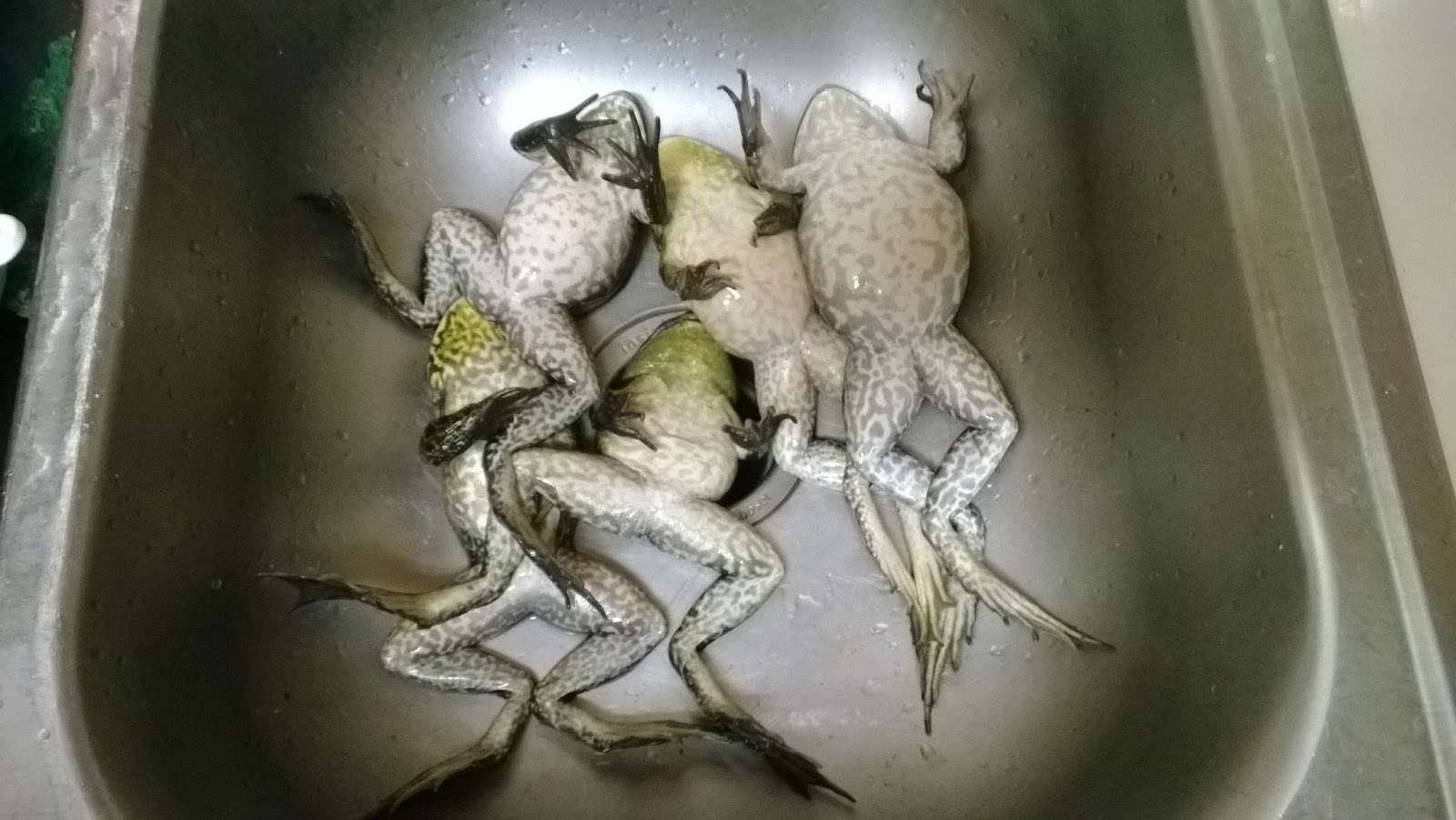 |
| Dispatched And Ready To Be Cleaned |
Big Chico Creek
The creek is at the lowest I’ve ever seen it this year. With the water being low and warm this year, the algae growth has completely taken over parts of the creek. The smallmouth are concentrating in waist deep water and shade during the day. I’ve been experimenting with different flies this summer but as of right now there isn’t a hot pattern they are on. Small poppers and flashy buggers have been working the best.
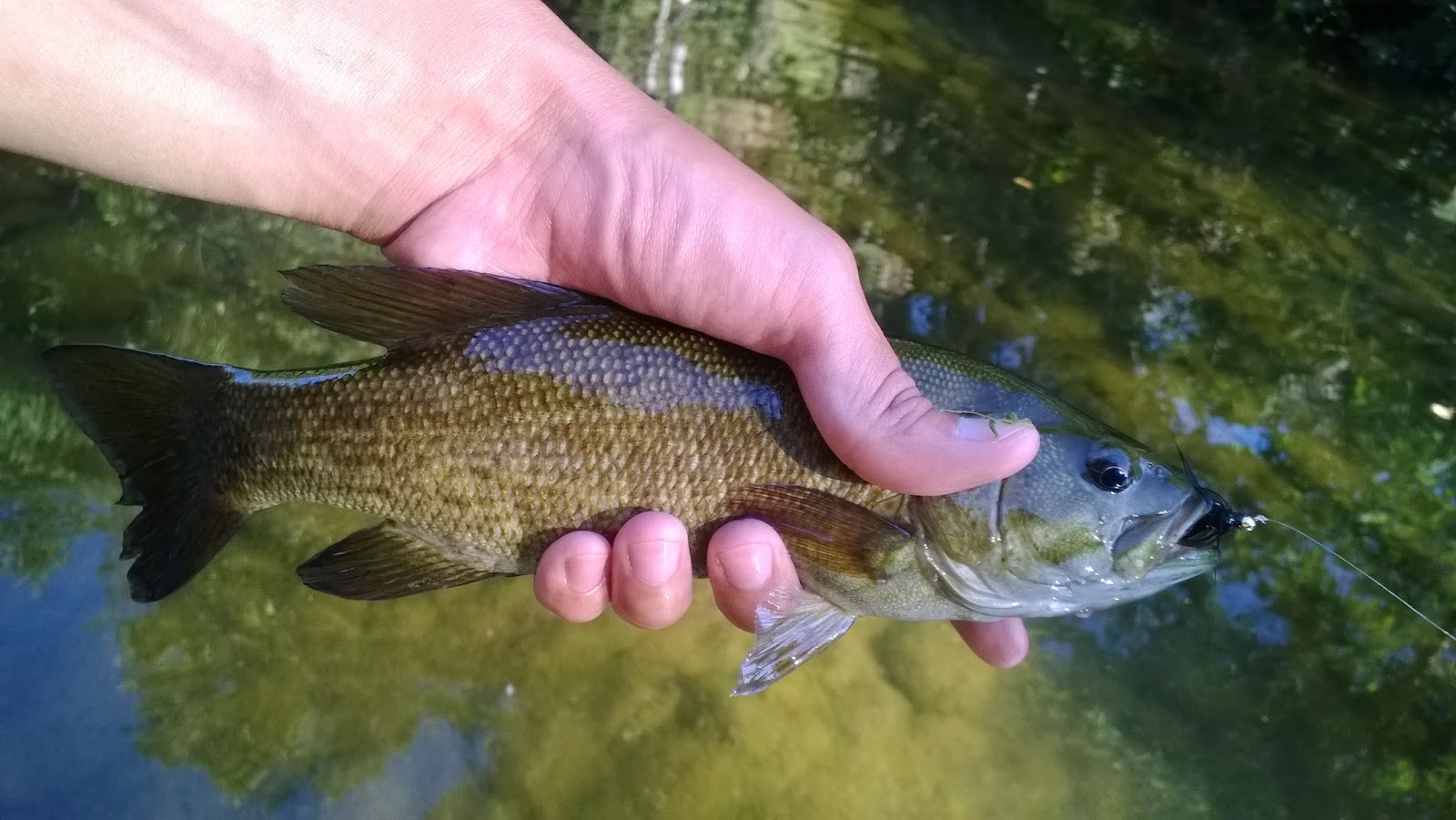 |
| Average BCC Smallmouth |
The bullfrog tadpole population this year is insane. The current summer conditions make the creek an ideal breeding ground. This was my first time frogging Big Chico Creek and I was unsure at first of it was legal. The park rules said no hunting but after a bit of research, I found that it was completely legal. Hunting and fishing are two different sections of law. Bullfrogs fall under the fishing regs. The only rule that limited my catch was that Upper Park closed at 11pm.
My night started at Tiechert but after finding no frogs and hearing two gunshots I left the ponds. At around 10pm I arrived at Big Chico Creek near Five-Mile. There were quite a few frogs out and I heard a lot of calling. The frogging was awesome. After catching my first BCC frog, the next two frogs I found and caught were wrestling each other in the water. Hilarious. There were a few I missed but I caught six nice ones before calling it a night. There was a great frog escape in my car halfway home. When I got home I thought I had recaptured them all but it turns out I missed one. A fun little surprise to find before work in the morning.
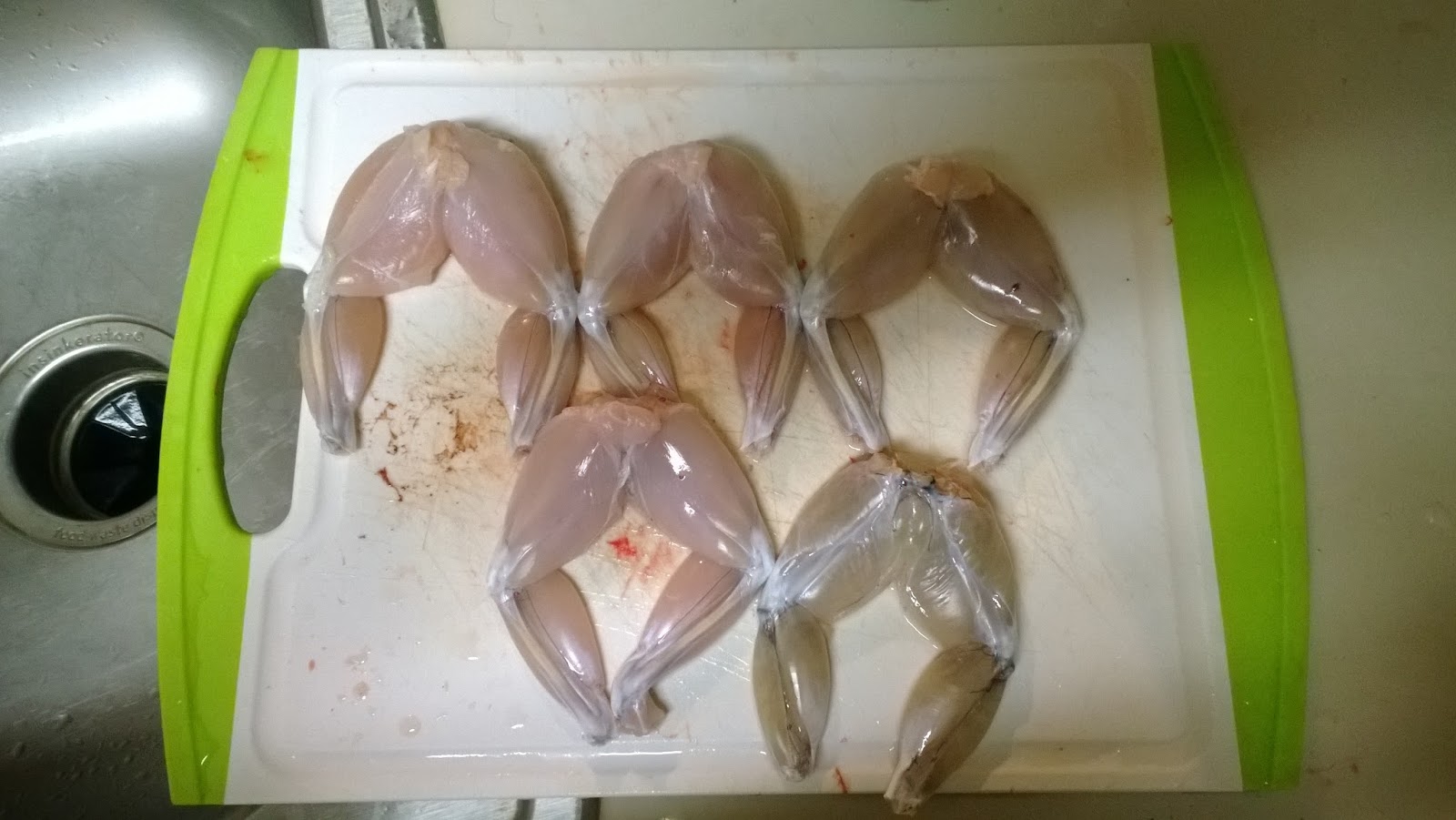 |
| Ready For The Fryer |
Bullfrogging, a wonderful summer past-time.
